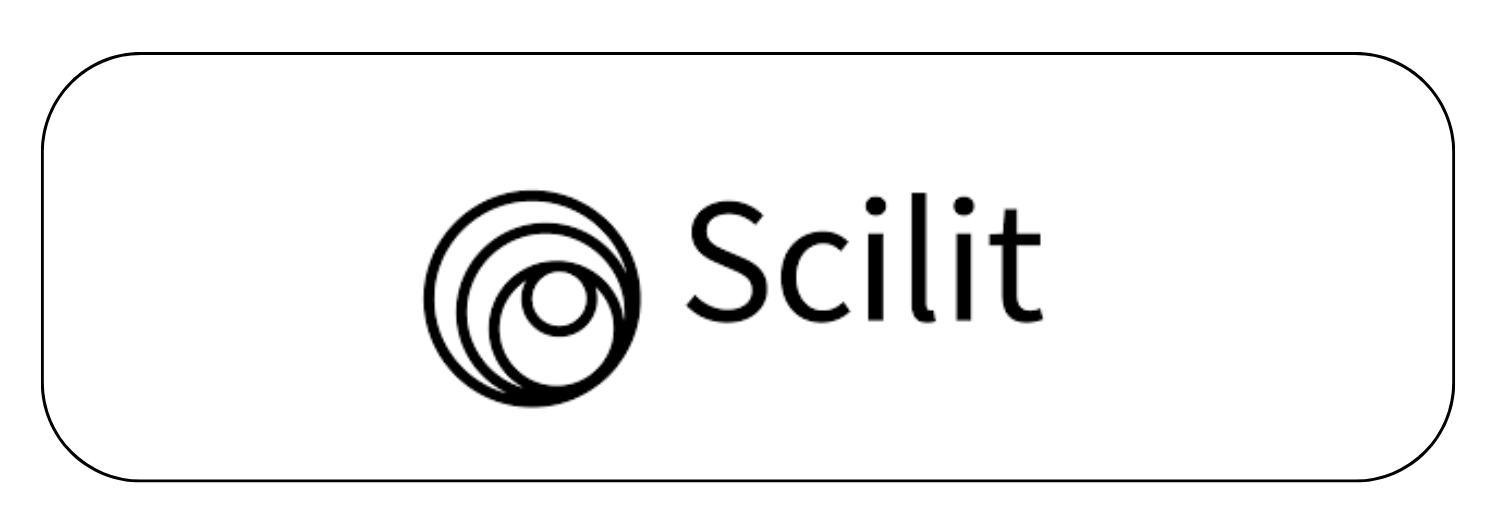The Relationship between RFID Perceived Usefulness And Customer Satisfaction in Uniqlo
DOI:
https://doi.org/10.61688/ajpbs.v3i2.383Keywords:
RFID, Perceived Usefulness, Customer SatisfactionAbstract
This study investigates the impact of perceived usefulness and ease of use of Radio Frequency Identification (RFID) technology on customer satisfaction within Uniqlo retail environments. Guided by the Technology Acceptance Model (TAM), the research addresses the critical issue of enhancing customer satisfaction through technology integration. Specifically, it examines how customers perceive RFID's functionality in streamlining shopping experiences, improving inventory management, and expediting checkout processes. The research adopts a quantitative approach, employing structured questionnaires to gather data from a sample of 30 Uniqlo customers. Descriptive and inferential statistical methods, including correlation and regression analyses, were used to analyze the relationships among perceived usefulness, ease of use, and customer satisfaction. Findings reveal that both perceived usefulness and ease of use significantly influence customer satisfaction, with ease of use serving as a stronger predictor. Customers report higher satisfaction when RFID technology is intuitive and demonstrates clear benefits, such as saving time and enhancing efficiency. These findings underscore the importance of optimizing RFID systems to align with customer expectations, emphasizing user-friendliness and tangible value. The study provides actionable insights for retailers like Uniqlo to refine technological strategies, fostering customer loyalty and competitive advantage. This research contributes to a broader understanding of the interplay between technology adoption and customer satisfaction in retail, highlighting the potential of RFID to transform shopping experiences.
Downloads
Published
How to Cite
Issue
Section
Categories
License
Copyright (c) 2022 Nor Alia Ezzati Binti Zulqarnain Ganesh, Putri Erene Qaisara Azrin, Nor Izzati Aqilah Azhar

This work is licensed under a Creative Commons Attribution 4.0 International License.
Published by Universiti Poly-Tech Malaysia. This article is licensed under the Creative Commons Attribution (CC BY 4.0) license. Anyone may reproduce, distribute, translate, and create derivative works from this article (for both commercial and non-commercial purposes), provided full attribution is given to the original publication and authors. The complete terms of this license can be found at:http://creativecommons.org/licenses/by/4.0/legalcode













